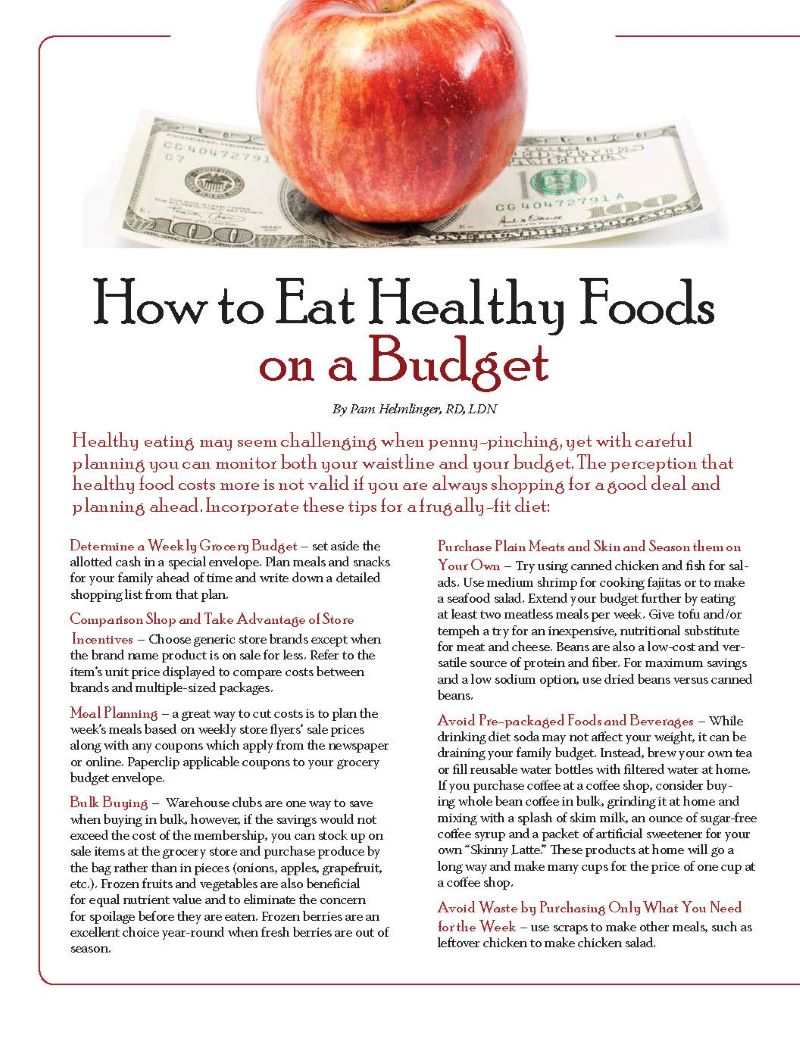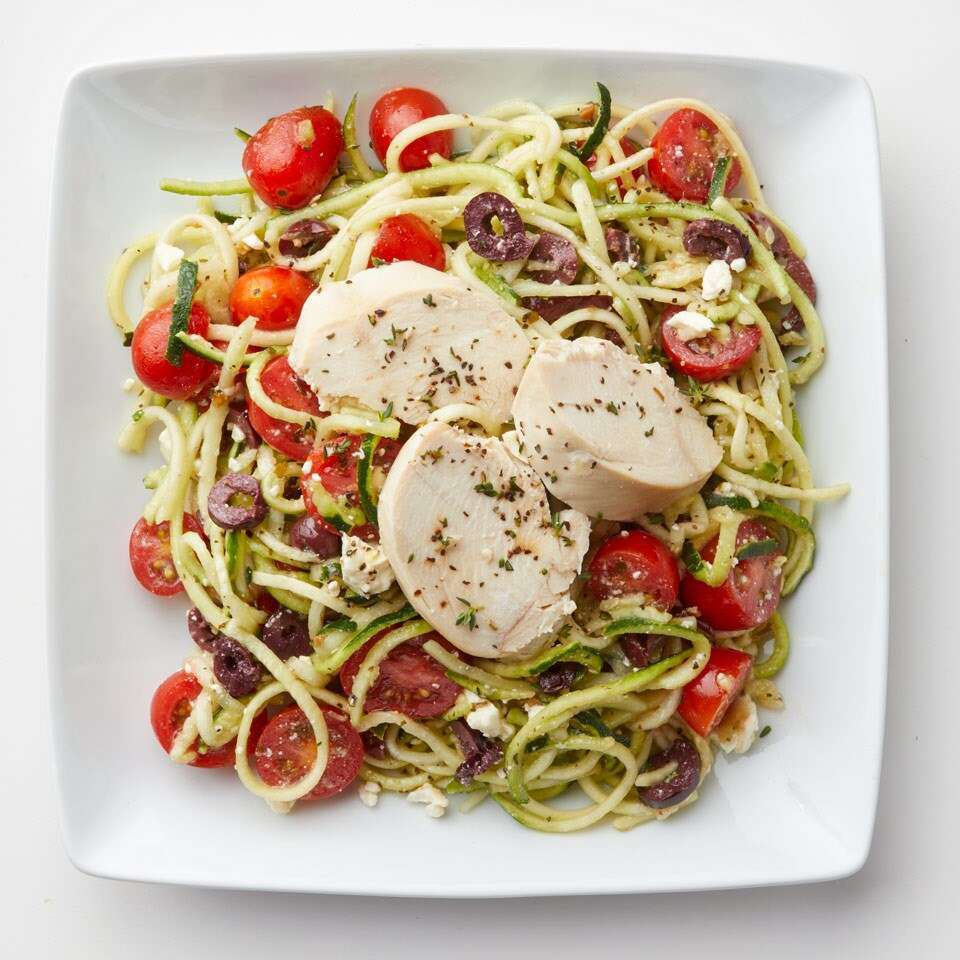
Many people are puzzled about how to eat right portions. For years, this question has fascinated health-conscious people. For healthy weight loss and healthy eating habits, it is crucial to eat healthy portions. Proper portion control can make all the difference in helping to reduce calories and maintain a healthy weight. Here are some tips to keep your meals at a manageable level. Use the palm of your hand as a guide. Consider, for example, how big your closed fist measures the amount of protein and carbohydrates in a meal.
A bowl should contain one-third of a food item and three-quarters of it is vegetables or fruit. This is the correct portion size for most foods. In addition to measuring the right portions of these foods, try to make sure that every meal contains some form of carbohydrates, fruit, and vegetables. The correct portion sizes should be divided into corresponding meal portions and you can do this by tracking the calories in each.

A portion size describes how much food you should consume. Your palm should measure the size of a piece of meat, poultry, fish, vegetable, or other food item. Starchy carbs like pasta, rice, bread and potatoes should be about the same size as a clenched fist. The size of your hands should be the same as the volume of one cup of ice cream. You can use your middle and thumb to make a small dessert.
The size of your portion control plate will depend upon your personal preferences, household budget, and other factors. Next, determine how many you want. It is important to select a plate with the right portions to avoid eating too much. The size of a serving is the same for each meal. A glass of juice, or fruit, is the same. A small amount of juice will provide enough calories.
You can choose the portion control plate that best suits your needs. It will also help you manage your portion size. For instance, your plate should be equal in size to your plate. Your health is dependent on the size of your plate. Healthy eating habits require the proper amount of food. The guidelines are not sufficient. It is important to find the right plate for you. It will help you achieve the best possible health and weight.

The Nutrition Facts label can be used to help control portion sizes. The Nutrition Facts label can tell you how many servings you have for the particular product. You will soon be able to eat the right portion of food once you grasp the concept. You'll feel full sooner if you have a healthy diet. A small plate will be more convenient for you, and it will help you control your portions.
FAQ
What's the difference between a calorie and kilocalorie?
Calories measure the energy content of food. A calorie is a unit of measure. One calorie equals one degree Celsius of energy to raise water temperature by 1 gram.
Kilocalories are another way to describe calories. Kilocalories measure in thousandths a calorie. 1000 calories, for example, equals one kilocalorie.
Here are 7 ways to live a healthy lifestyle.
-
You should eat right
-
Exercise regularly
-
Sleep well
-
Drink lots of water
-
Get enough rest
-
Be happy
-
Smile often
Take herbs and other supplements to improve your immunity
It is possible to boost immune function by using herbs and natural remedies. There are many natural remedies that can boost immunity, including echinacea (oregano), ginger, ginkgo biloba and vitamin C.
However, these herbal remedies should not replace conventional medical treatment. Side effects may include nausea, diarrhea, stomach cramps (dizziness), headaches, dizziness and stomach cramps.
What are the 10 best foods to eat?
The 10 best foods to eat include:
-
Avocados
-
Berries
-
Broccoli
-
Cauliflower
-
Eggs
-
Fish
-
Grains
-
Nuts
-
Oats
-
Salmon
What is the difference in a virus and bacteria?
A virus is a microscopic organism which cannot reproduce outside of its host cell. A bacterium (or single-celled organism) reproduces by splitting itself into two. Viruses measure only 20 nanometers in diameter, but bacteria is up to 1 millimeter in size.
Viruses are usually spread through contact with infected bodily fluids, including saliva, urine, semen, vaginal secretions, pus, and feces. Bacteria are often spread via direct contact with contaminated surfaces or objects.
Viral infections can be transmitted through skin cuts, scrapes and bites. They may also get into the body through the nose and mouth, eyes, ears or rectum.
Bacteria can be introduced to our bodies by cuts, scrapes or burns. They can also enter our bodies from food, water, soil, dust, and animals.
Both bacteria and viruses can cause illness. Viruses cannot multiply in their host cells. So they only cause illnesses when they infect living cells.
Bacteria can multiply within their hosts and cause illness. They can even invade other parts of the body. They can even invade other parts of the body, which is why antibiotics are necessary to eradicate them.
Why does weight change as we age?
How can you tell if your bodyweight has changed?
Weight loss happens when there is less muscle mass and more fat. This means that daily energy needs must be greater than the calories consumed. Low activity levels are the most common cause for weight loss. Others include pregnancy, hormonal imbalances or certain medications. Weight gain is when there are more calories than muscle mass. It occurs when people eat more calories than what they use in a given day. It can be caused by overeating or increased physical activity as well hormonal changes.
The main reason why our bodies lose weight is because we consume fewer calories than we burn. Exercise regularly increases your metabolism rate, which allows you to burn more calories every day. This doesn't necessarily mean we will lose weight. What matters is whether we are losing fat or building muscle. If we're burning more calories that we consume, we'll lose weight. But, if we consume far more calories than what we burn, then we actually store them as fat.
As we get older, our movement speed slows down and so we move less. We also tend eat less than we used to. This is why we tend to gain weight. On the other hand, we have more muscle mass and look larger than we actually are.
There's no way to tell how much weight you've lost unless you weigh yourself every week. There are many ways to determine your weight. You can gauge your waist size, hips, hips, thighs and arms. Some prefer to use the bathroom scales, others prefer to use tape measures.
Track your progress by measuring your waistline and weighing yourself every week. You can also take pictures of yourself every few months to see how far you've come.
Online, you can find out your height and weight. If you are 5'10" tall, and you weigh 180 lbs, then you would probably weigh 180 lbs.
Why is it important that we live a healthy and happy life?
Healthy living can lead to a longer, more fulfilling life. Regular exercise, healthy eating habits, healthy sleep habits and stress management can all help prevent strokes, heart disease, diabetes, and cancer.
A healthy lifestyle will improve our mental well-being and help us deal better with everyday stressors. A healthy lifestyle will help us feel more confident and younger.
Statistics
- According to the Physical Activity Guidelines for Americans, we should strive for at least 150 minutes of moderate intensity activity each week (54Trusted Source Smoking, harmful use of drugs, and alcohol abuse can all seriously negatively affect your health. (healthline.com)
- In both adults and children, the intake of free sugars should be reduced to less than 10% of total energy intake. (who.int)
- nutrients.[17]X Research sourceWhole grains to try include: 100% whole wheat pasta and bread, brown rice, whole grain oats, farro, millet, quinoa, and barley. (wikihow.com)
- This article received 11 testimonials and 86% of readers who voted found it helpful, earning it our reader-approved status. (wikihow.com)
External Links
How To
How to keep motivated to eat healthy and exercise
Staying healthy is possible with these motivation tips
Motivational Tips for Staying Healthful
-
Write down your goals
-
Realistic goals
-
Be consistent
-
Reward yourself when you achieve your goal
-
Do not give up even if you fail your first attempt.
-
Have fun